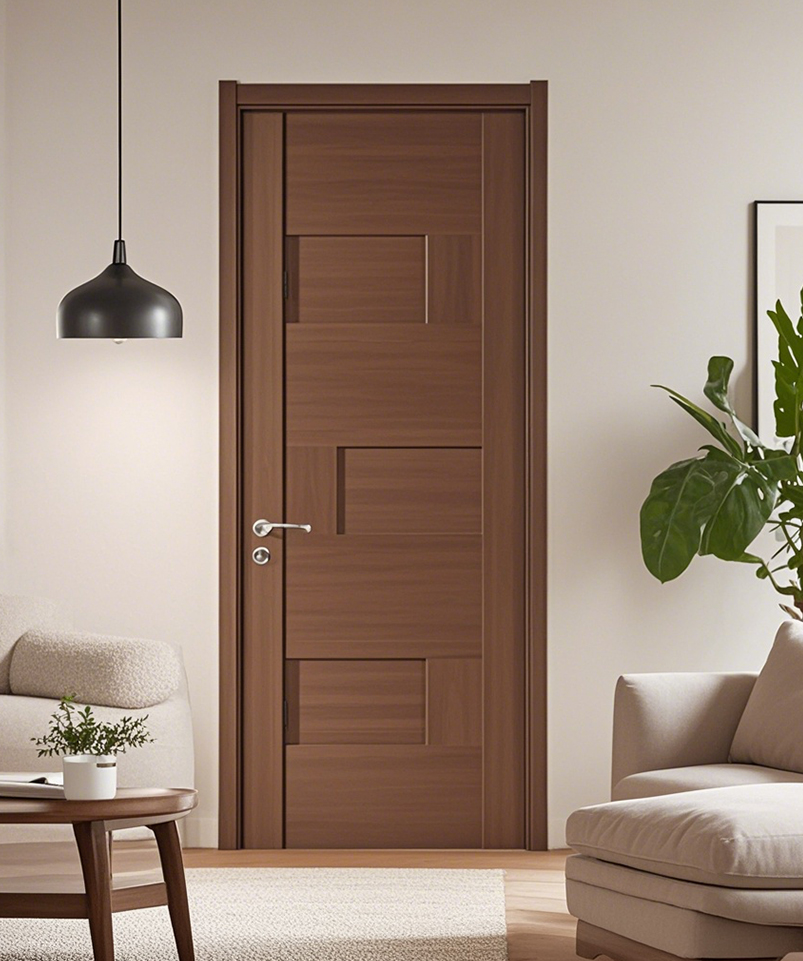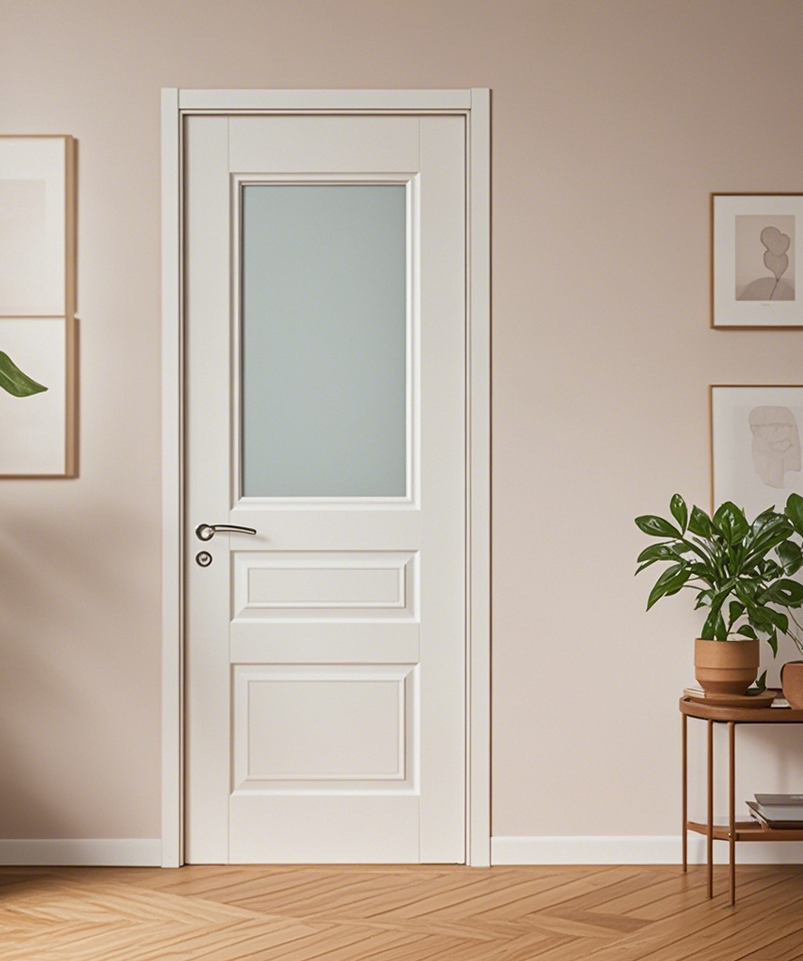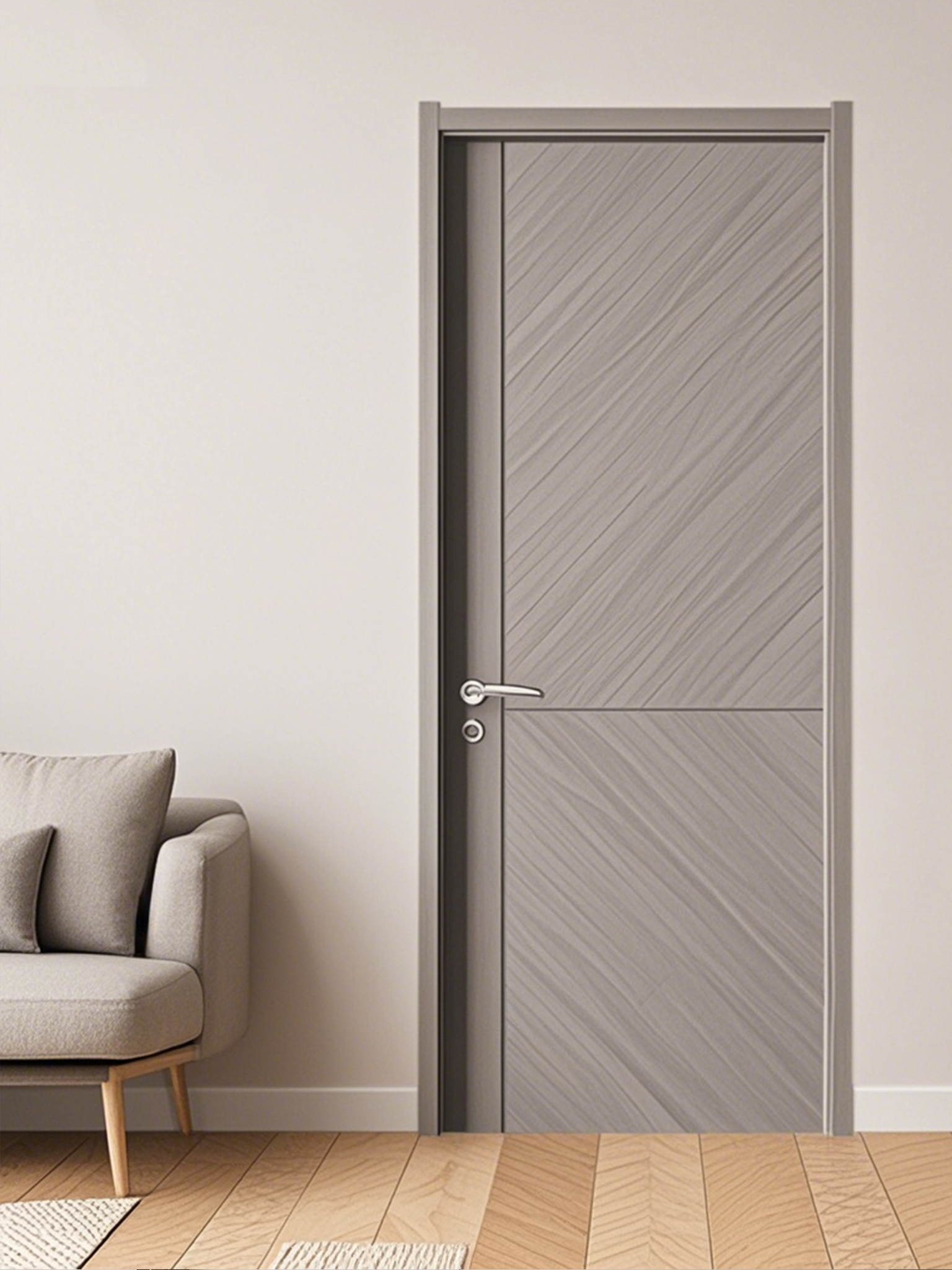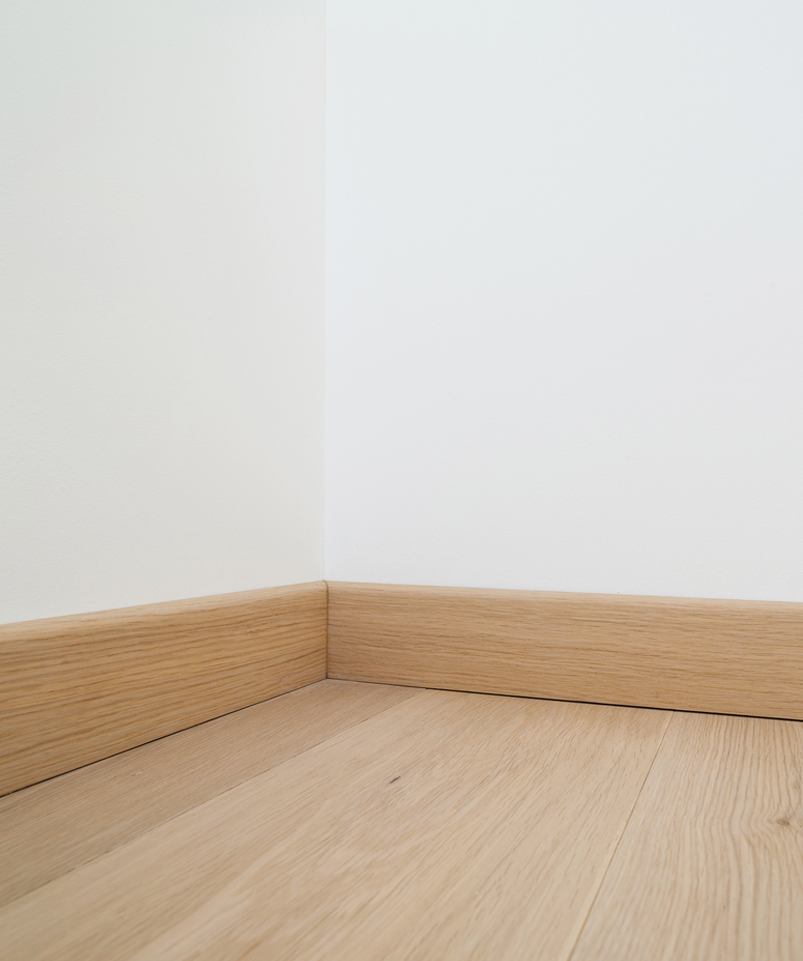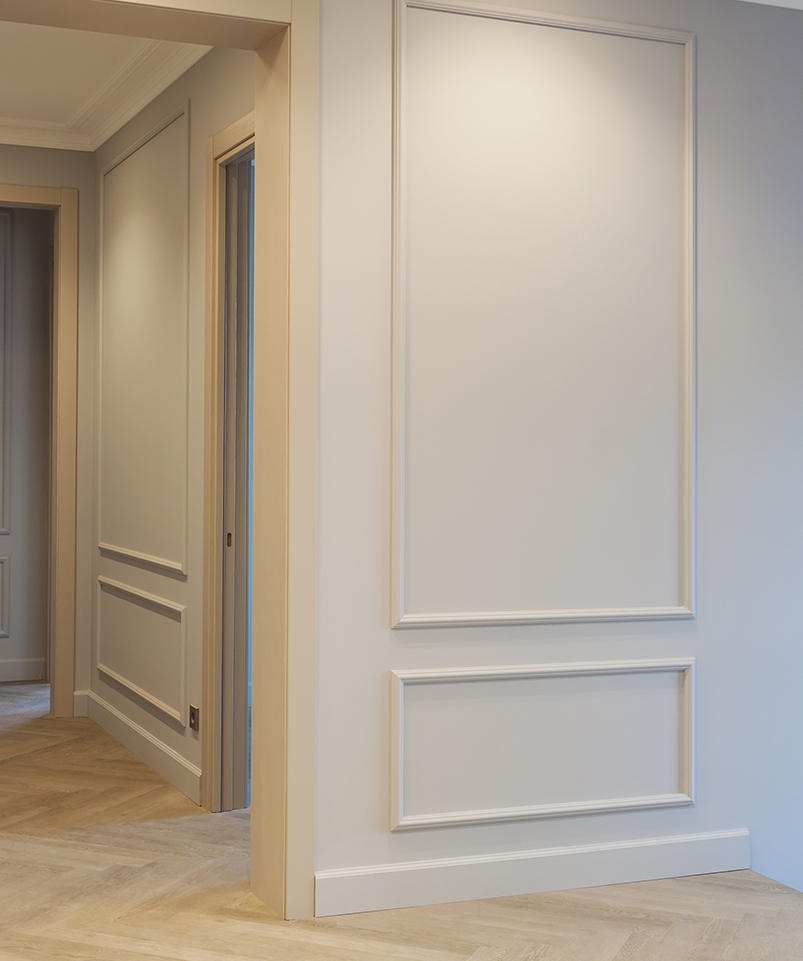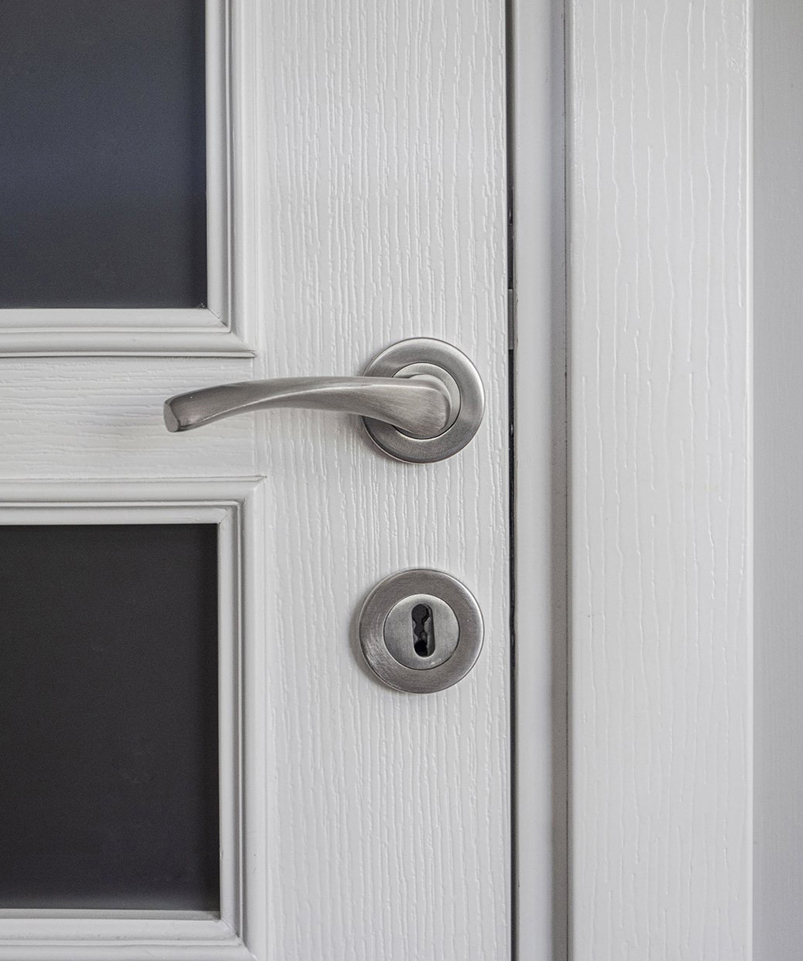Melamine Doors Gain Industry Traction with High-Performance Benefits
In today’s competitive building materials market, Melamine Doors are making a powerful impression, not only among manufacturers and suppliers but also with architects, contractors, and interior designers. The surge in popularity stems from a combination of aesthetic versatility, durability, and cost-effectiveness that meets the demands of both residential and commercial projects.
One of the key selling points of Melamine Doors lies in their ability to replicate the look and texture of natural wood and other premium finishes without the associated maintenance or cost. Using high-pressure melamine-impregnated decorative paper bonded to engineered wood substrates, these doors deliver a visually appealing surface that’s scratch-resistant, fade-resistant, and easy to clean—making them a smart choice for modern interiors.
“The surface performance of Melamine Doors is second to none in their category,” says Kevin Liu, a senior production manager at a leading Asian door manufacturer. “They offer strong resistance to moisture, heat, and wear, which makes them ideal for kitchens, wardrobes, and high-traffic areas.”
Unlike traditional wooden doors that are prone to warping or cracking due to temperature and humidity changes, Melamine Doors maintain their shape and finish over time. This consistency is especially valuable for builders seeking reliable solutions for large-scale housing or commercial development projects where quality assurance is a top priority.
Another notable selling point is the broad range of design options available. Melamine Doors come in an array of finishes—from matte to high gloss, from solid colors to intricate woodgrain patterns—offering end-users creative freedom in customizing interiors. Many manufacturers now also provide embossed textures and edge-banding choices that enhance the realism and tactile feel of the surface, further bridging the gap between melamine and natural materials.
“Design flexibility is a core advantage,” states Amelia Zhang, an interior designer specializing in sustainable renovations. “With Melamine Doors, I can achieve a high-end look on a reasonable budget, which is particularly useful for clients who want stylish results without overspending.”
Beyond aesthetics, Melamine Doors have proven their value in terms of environmental impact. are made from medium-density fiberboard (MDF) or particleboard, which often incorporates recycled wood fibers. Additionally, many suppliers offer E0 or E1 formaldehyde-emission-rated products, aligning with green building certifications and sustainable construction practices.

In terms of processing and installation, Melamine Doors are user-friendly. They can be cut, drilled, and edged using standard woodworking equipment, streamlining manufacturing processes and reducing labor costs. Installers appreciate the consistency in size and weight, which allows for quicker on-site assembly and fewer errors in alignment or hardware attachment.
The global shift toward modular furniture and prefabricated housing has also boosted the profile of Melamine Doors. Their compatibility with panel furniture systems makes them an essential component in the mass production of kitchen cabinets, office partitions, and closet systems. As urban living spaces become more compact and efficient, the role of melamine-based components is only expected to grow.
Manufacturers continue to innovate in response to customer demands. Advanced printing techniques, anti-fingerprint coatings, and antibacterial surfaces are among the newest enhancements being integrated into Melamine Doors, further strengthening their position in both residential and commercial segments.
Distributors have also noted a steady rise in international demand. With consistent export volume increases to Europe, Southeast Asia, and the Middle East, the production of Melamine Doors has become a high-volume, high-margin segment for many wood product factories.
“Export clients often prioritize durability, consistent finishes, and cost-efficiency—all of which are hallmarks of Melamine Doors,” says Leo Wang, sales director at a major Chinese door factory. “As global consumers become more design-conscious yet cost-sensitive, melamine continues to outperform traditional options.”
Despite their benefits, the melamine segment is not without challenges. Intense price competition, quality variation among suppliers, and occasional misconceptions about melamine’s quality versus solid wood need to be addressed. However, leading producers are tackling these issues by investing in better substrates, adopting international certifications, and offering transparent quality control processes.

 English
English русский
русский عربى
عربى